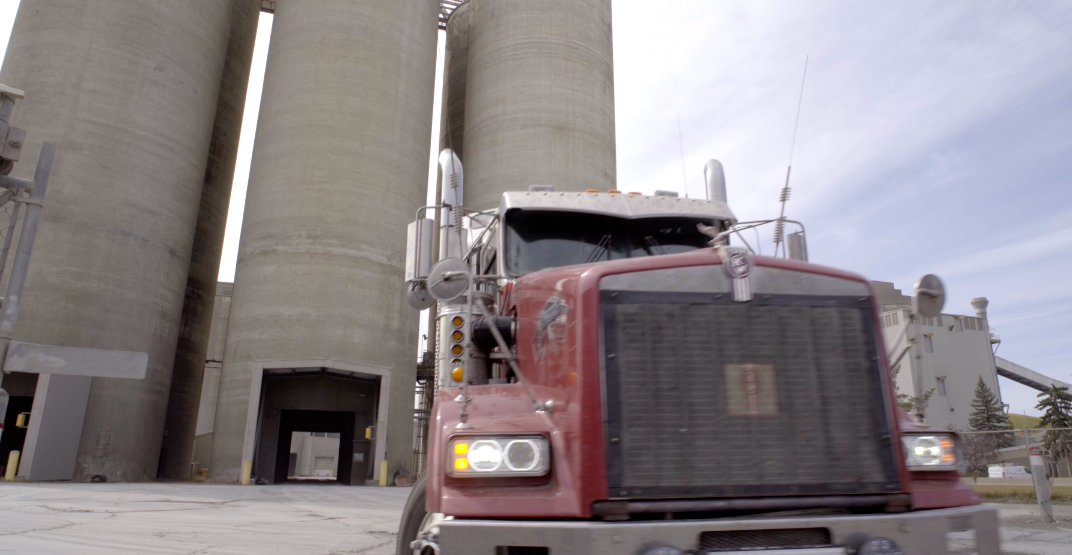Heidelberg Materials the world’s second largest cement producer is hoping to produce the world’s first carbon-free cement using carbon-capture technology
Heidelberg Materials’ Edmonton cement plant is Canada is hoping to produce the world’s first carbon-free cement and will soon launch a carbon capture and storage project, to reduce their annual 900,000 tonnes of carbon dioxide by 95 per cent.
That’s about the total emissions produced by 200,000 cars a year. The new scheme has been reported in Canada this week making much of the company’s carbon capture technology.
Its European operation made a similar announcement in November last year: Heidelberg Materials launched a new brand to sell what it says is carbon neutral cement, banking on carbon capture and storage (CCS) technology in what is one of the most CO2-intense sectors.
Cement under the evoZero brand will be available across Europe when Heidelberg Materials, the world’s second-largest cement maker after Holcim, said, adding a pre-selling phase was currently underway.
“The launch of our unique evoZero products is a paradigm shift in the decarbonisation of our sector,” CEO Dominik von Achten said. “Carbon capture and storage is a breakthrough technology for the building materials industry and we are frontrunners in deploying it at scale.”
Heidelberg Materials’ proposal rests on the group’s landmark site in Brevik, Norway, where it employs CCS technology that will eventually capture 400,000 tonnes of CO2, or half of the plant’s emissions, each year.
The carbon dioxide emissions produced by the Edmonton Heidelberg plant are emitted when limestone is burned at high temperatures in a kiln, which are usually emitted from a stack into the atmosphere.
What Heidelberg’s carbon capture project will do is redirect the flue gas through a series of stages.
“In a nutshell, what we’re trying to do is capture flue gas from our main cement stack, we need to cool it down,” said Allen Lockwood, Project lead for Heidelberg Materials.
“We need to put it through an absorber tower and we’re basically going to be combining amine with our flue gas that’s going to capture the CO2. Once that CO2 is captured with amine, we need to reheat it.”
After that, the CO2 is compressed and sent to storage about three kilometres underground.
“We’re going to compress it, we’re going to send it into a pipeline that’s super critical pressure all the way to the Wabamun hub where it’s going to be sequestered underground,” Lockwood told CBC.
Heidelberg, Edmonton’s new carbon capture technology and North America’s first carbon neutral cement plant is explained here by the company.





